The textile industry and fabric industry are growing and making breakthroughs. Contributing to the diversity and development of the fashion and garment industry, it is impossible not to mention the fabric color factor – this is the factor that creates aesthetics, eye-catching, artistic as well as attracts consumers to choose. In order to create such vivid colors and fabrics with a variety of different colors, we must mention the fabric dyeing stage – this is the cradle of eye-catching fabric colors in the market. So what is fabric dyeing? What are the popular methods of dyeing fabrics today? What is the meaning of dyeing fabric? Let’s refer to the article below for more useful information!
What is fabric dyeing?
Textile dyeing
Textile fiber dyeing
Popular methods of dyeing fabrics today
The fabric dyeing process is handled extremely meticulously according to the following stages:
- Fabric tension: at this stage the carpentry fabric will be stretched flat
- Fabric surface treatment: burn the hams still stuck on the fabric surface to make the fabric surface smoother.
- Dye:
- Dyeing is the final stage to complete the finished product, after bleaching the fabric to the required level, the fabric will be treated with dyes along with a solution of organic additives to increase the ability to adhere to color. This process requires the use of dyes along with many other catalysts that create the best conditions for the fabric to be the desired color.
Popular methods of dyeing fabrics today
- After dyeing the color, drying will be carried out to dry the fabric
- During the drying process, the fabric is also reshaped to avoid crumpling,…
- For some fabrics that require printing to be carried out for additional printing, grid printing and digital printing are now commonly used.
- Finally, to remove harmful chemicals to avoid maximum impact on the wearer, the dyed fabric will go through a washing and processing stage to ensure safety for the user.
- The finished fabric is inspected
The significance of the fabric dyeing industry for apparel
So with the information that the article shares, hope you get the most useful information to equip yourself!
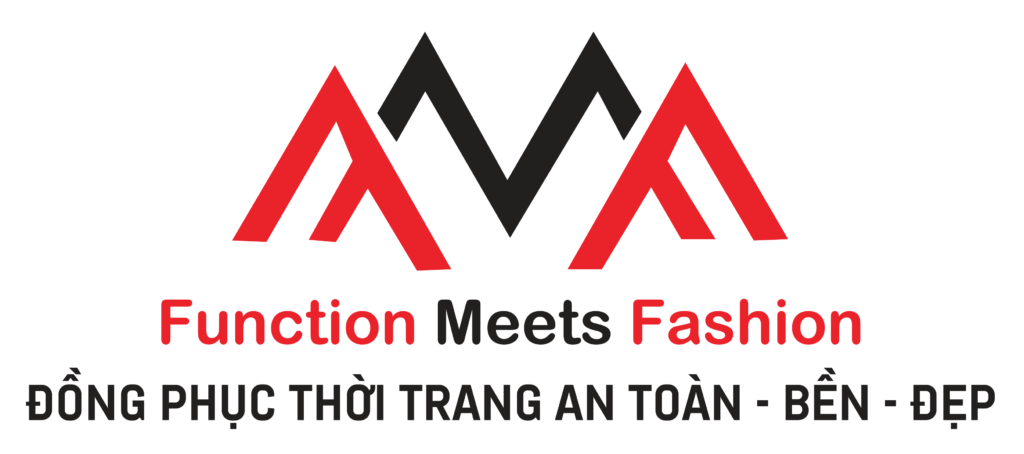




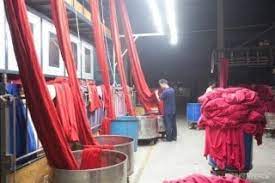
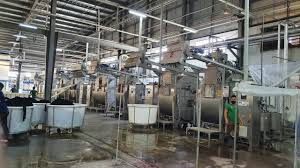
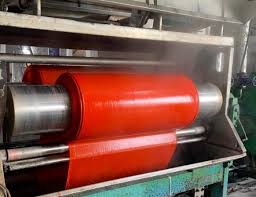
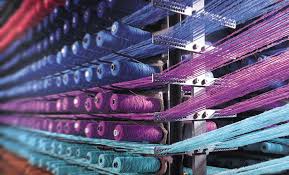
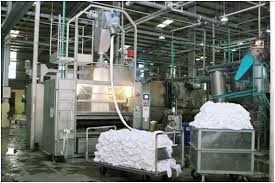

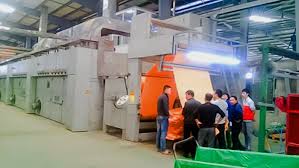
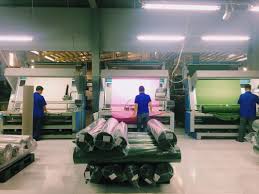
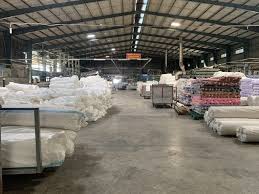

 Tiếng Việt
Tiếng Việt

Sản phẩm
Red And Black Short-Sleeve Workwear Set
Red And Black Long-Sleeve Workwear Set
Blue And Grey Short-sleeve workwear set
BLUE+GREY LONG-SLEEVED WORKSUIT
CHARCOAL+GREY SHORT-SLEEVED WORKWEAR
CHARCOAL+GREY LONG-SLEEVED WORKWEAR
SHORT-SLEEVED REFLECTIVE GRAY WORKSUIT
LONG-SLEEVED REFLECTIVE GRAY WORKSUIT
GREY COORDINATE LONG-SLEEVED NAVY
NAVY POLO JERSEY
POLO BLUE+NAVY JERSEYS FOR MEN AND WOMEN
POLO JERSEY NAVY+WHITE MEN’S/WOMEN’S